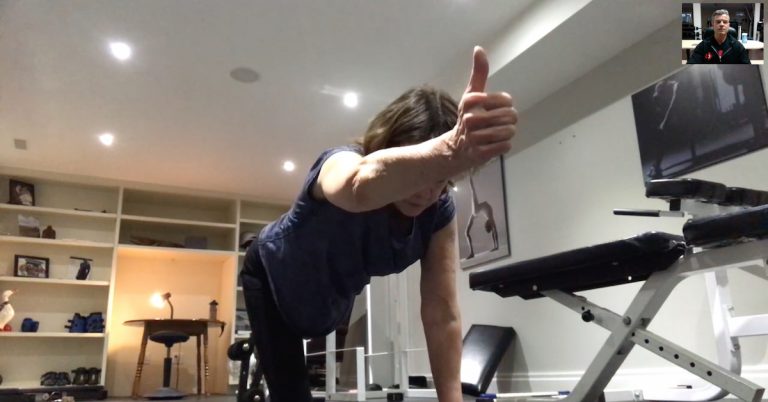Occlusion training has received quite a bit of attention over the past two decades. If you are not familiar with the method, read Brad Schoenfeld’s article Blood Flow Restriction Training.
Yes, occlusion training can build muscle if implemented properly, but there are some potential risks. Do the benefits outweigh the risks, and is occlusion training even necessary?
A recent study found that blood-flow restricted resistance training and low-load traditional resistance training, when performed to fatigue, produce equal muscle hypertrophy, which may partly rely on transient exercise-induced increases in muscle water content.
Furthermore, in a prior discussion, I mentioned a paper by Burd et al., 2012 suggesting that intensities as low as 30% of maximum strength, when lifted to volitional fatigue, are equally effective at stimulating muscle protein synthesis as heavier training intensities (∼70%-80% of maximal strength).
It seems that occlusion training is not necessary. Low-intensity resistance training conducted to volitional fatigue seems to do the job just as well.

Guiding Personal Trainers to Success: A Comprehensive Resource
In the aftermath of the pandemic, many personal trainers find themselves struggling to rebuild the business they lost. The key

Mastering the Craft: 10 Essential Rules Every Personal Trainer Must Follow for Success
Today we’re going to look at ten essential rules that can take your personal training game to the next level.

Thumbs Up for Virtual Training
The pandemic decimated many businesses in the fitness industry. Unless you were selling fitness equipment, you felt the impact! But
follow
Error: No feed with the ID 2 found.
Please go to the Instagram Feed settings page to create a feed.
